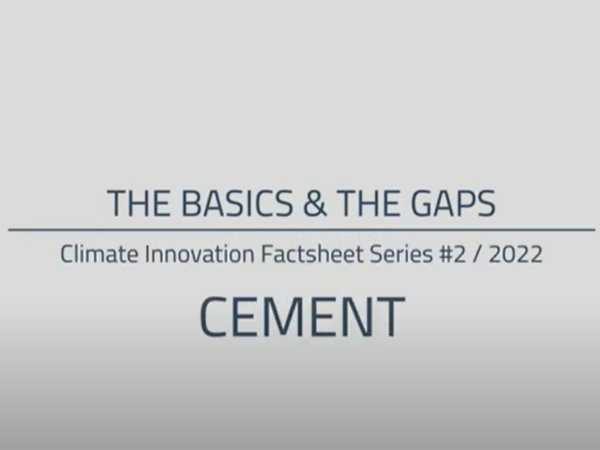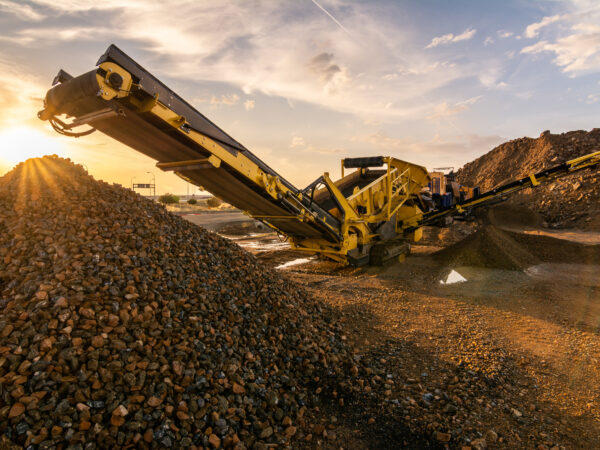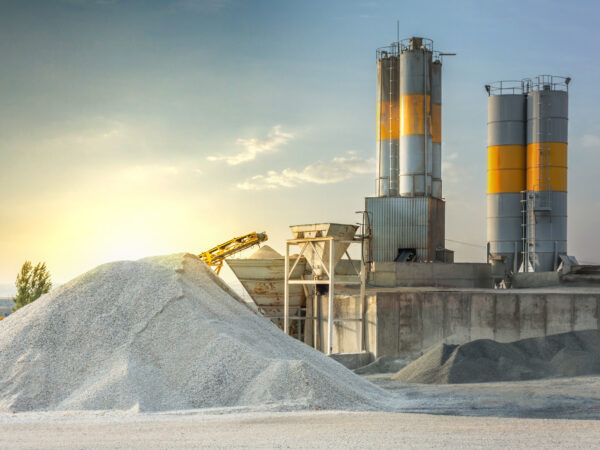Construction
Concrete, a mixture of cement, air, water, sand, and gravel, is the most used man-made material and an indispensable building block of our modern society. Cement production emissions amount to 5% of the global greenhouse gas emissions per year, with 60% of those emissions originating in the calcination process. A further 30% of the emissions come from the fuel used to reach high temperatures to complete the production process, and 10% comes from electricity use for machinery. To achieve deep decarbonization in the cement production process, we need to adopt a combination of existing and less-mature technologies, in addition to a drastic overhaul of existing plants and infrastructure.
Cement decarbonization will require policymakers to implement a holistic approach that will encompass the development and adoption of clean technologies to reduce process, fuel, and energy emissions. This will include the promotion of policies that will enable the development and uptake of carbon capture, storage and utilization to reduce cement process emissions, public procurement, and the modernization of building and construction standards.
The Basics & The Gaps Cement






